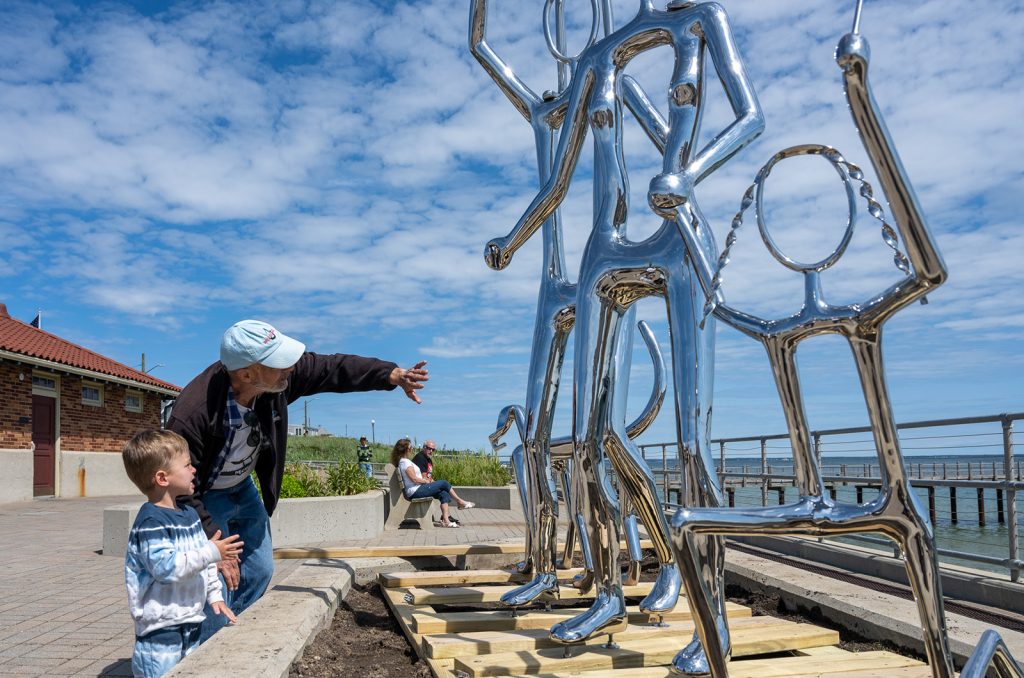Introduction of Umberto Boccioni
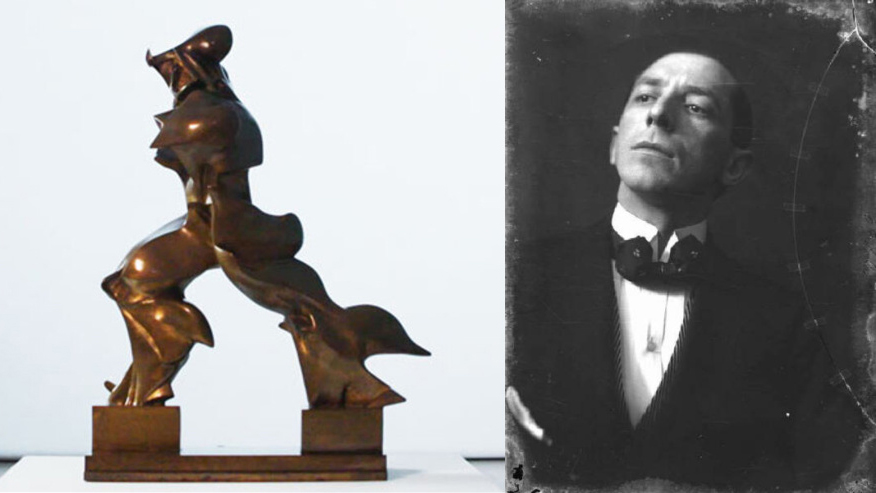
Umberto Boccioni was an Italian painter and sculptor with profound influence, playing an important role in the history of 20th century art. This article will provide an in-depth introduction to Boccioni’s life, artistic contributions, and importance to the Futurism movement.
Early Life and Education
Bojoni’s Growth Background
Uberto Boccioni was born on October 19, 1882 in Rilka, Italy. He grew up in a middle-class family, and his family background provided support for his artistic career. In his early years, he showed a strong interest in art, especially in painting and sculpture.
art education
Umberto Boccioni received professional art training when he was young. He attended the Brera Academy of Fine Arts in Milan, a prestigious art school that trained many outstanding Italian artists. At school, Bojoni learned painting and sculpture techniques, cultivating his artistic talent.
The Futurism Movement and Umberto Boccioni’s Contributions
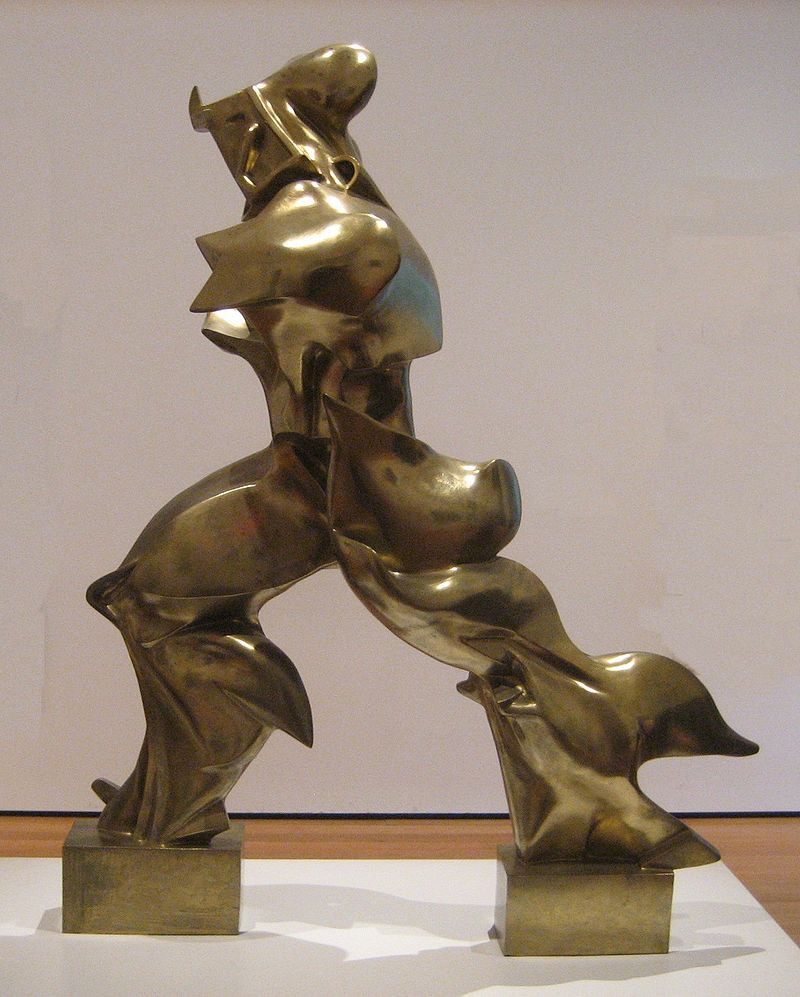
The Rise of Futurism
In the early 20th century, Italian Futurism was a radical art movement aimed at subverting traditional artistic concepts, emphasizing modernity, technology, and a sense of future. This movement attempts to capture the speed and power of the industrial era, emphasizing movement, mechanization, and dynamics.
Bojoni’s position
Umberto Boccionii is one of the main representatives of the Italian Futurism movement. He is known for his exploration of the dynamics of form and the deconstruction of solid mass. Boccioni played an important role in futurism and helped shape the revolutionary aesthetics of this movement.
Artwork and Style
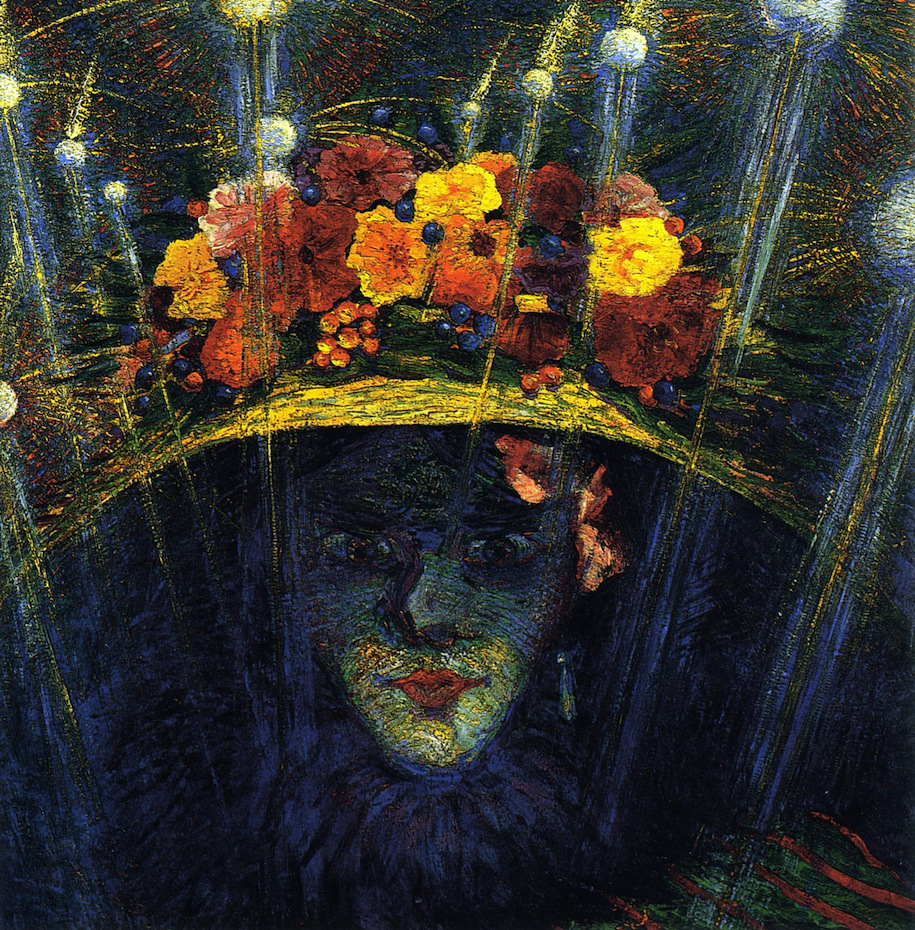
Dynamic Art
Umberto Boccioni’s works emphasize dynamism and sportiness. He represented the changes of objects in time and space through painting and sculpture. His works not only present a sense of speed and strength, but also explore the multidimensional nature of objects and the continuity of motion.
work of sculpture
Although Boccioni’s paintings are also highly praised, his sculptures are more well-known. His sculptures possess abstraction and geometry, emphasizing the dynamic and multifaceted nature of form. One of the most famous works is’ Unique Forms of Continuity in Space ‘, which breaks through traditional sculpture concepts and becomes one of the classics of 20th century sculpture.
Impact and Heritage
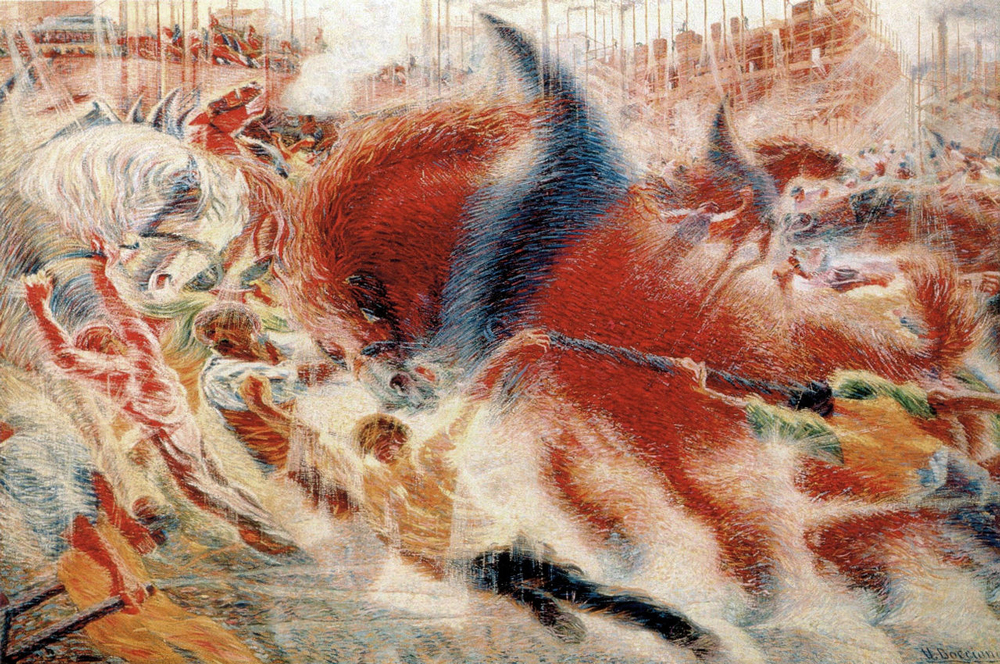
The influence of art on future generations
Although Boccioni’s life was relatively short, his artistic concepts had a profound impact on later artists. His exploration of dynamism and deconstruction of form has inspired many artists, especially in the directions of abstract expressionism and modernism.
Museum Collection
Umberto Boccioni was an Italian painter and sculptor with profound influence, playing an important role in the history of 20th century art. ‘s works have been collected by many public art museums and have become a precious heritage in the history of art. In 1988, the Metropolitan Museum of Art in New York held a large-scale retrospective exhibition, showcasing 100 pieces of Boccini’s works, further highlighting his important position.
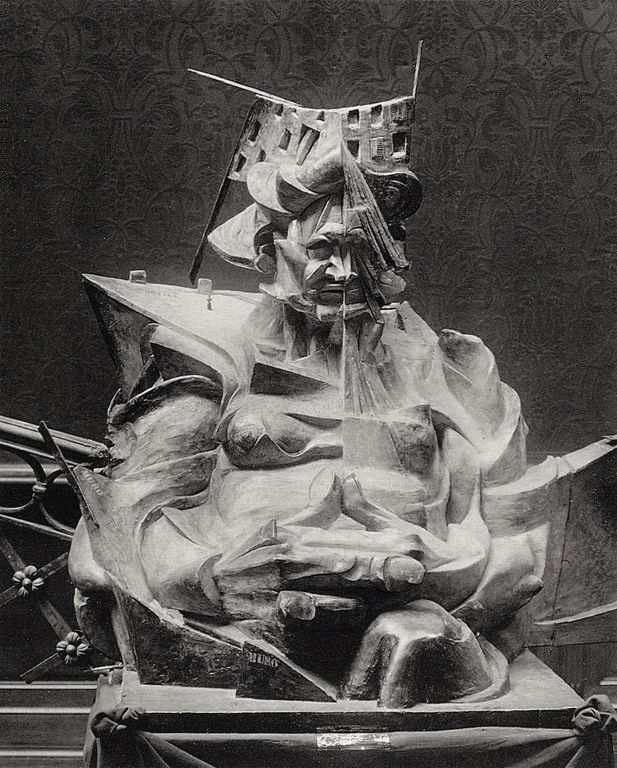
Epilogue of Umberto Boccioni
Umberto Boccioni was an Italian painter and sculptor with profound influence, playing an important role in the history of 20th century art. is an outstanding Italian artist, whose exploration of dynamism and deconstruction of form injected new vitality into 20th century art. Although his life is short, his role in the Futurism movement and his artistic heritage will always be cherished and commemorated. Boccioni’s works have inspired artists to pursue new ideas and forms, contributing valuable heritage to the development of the art world.

